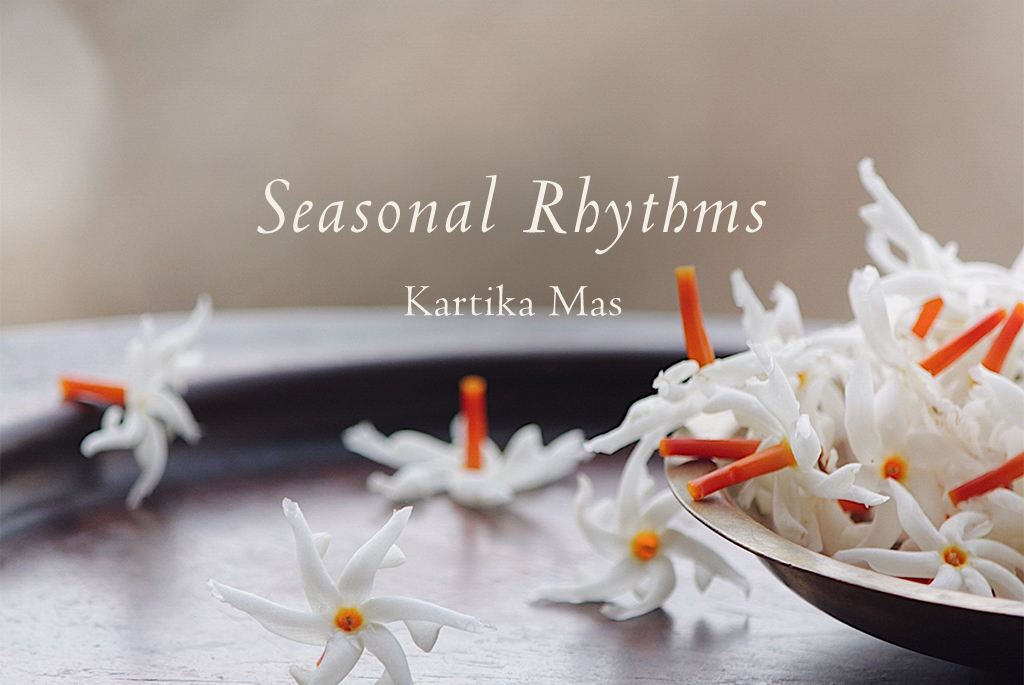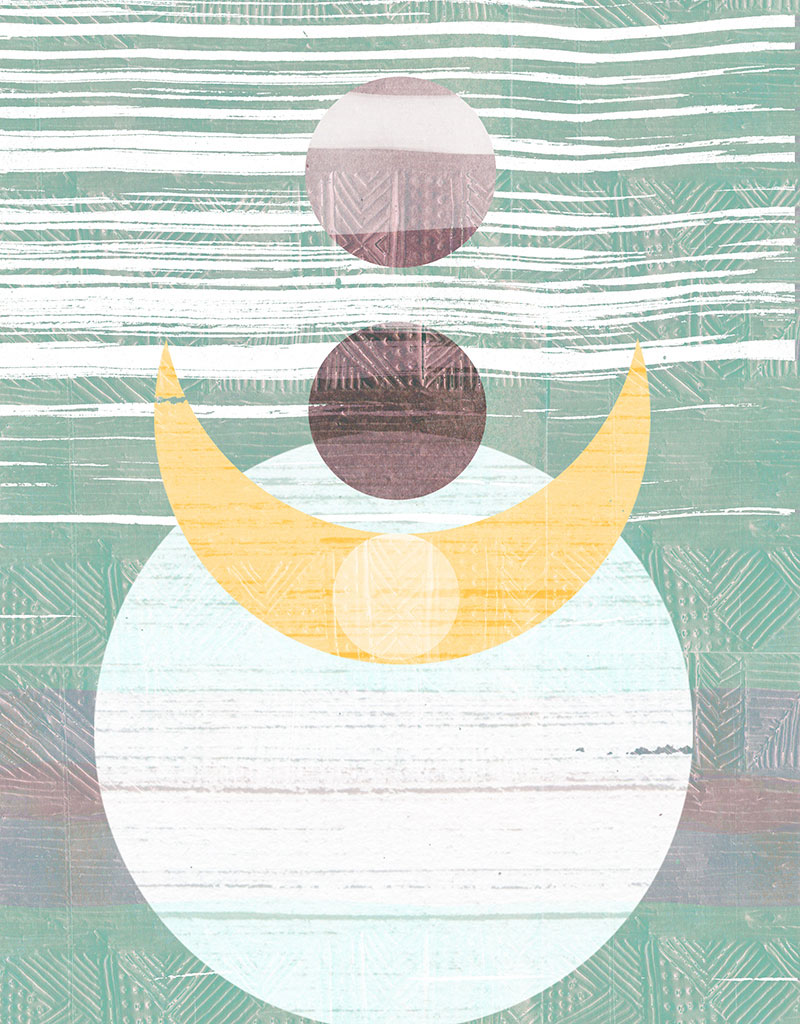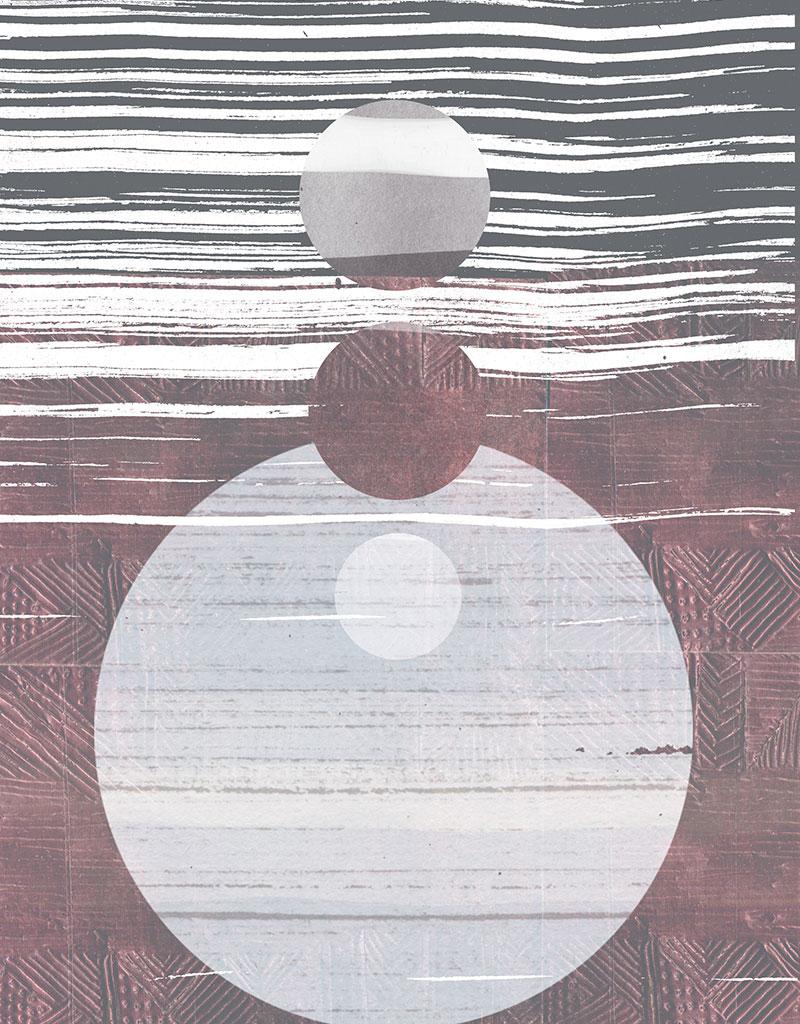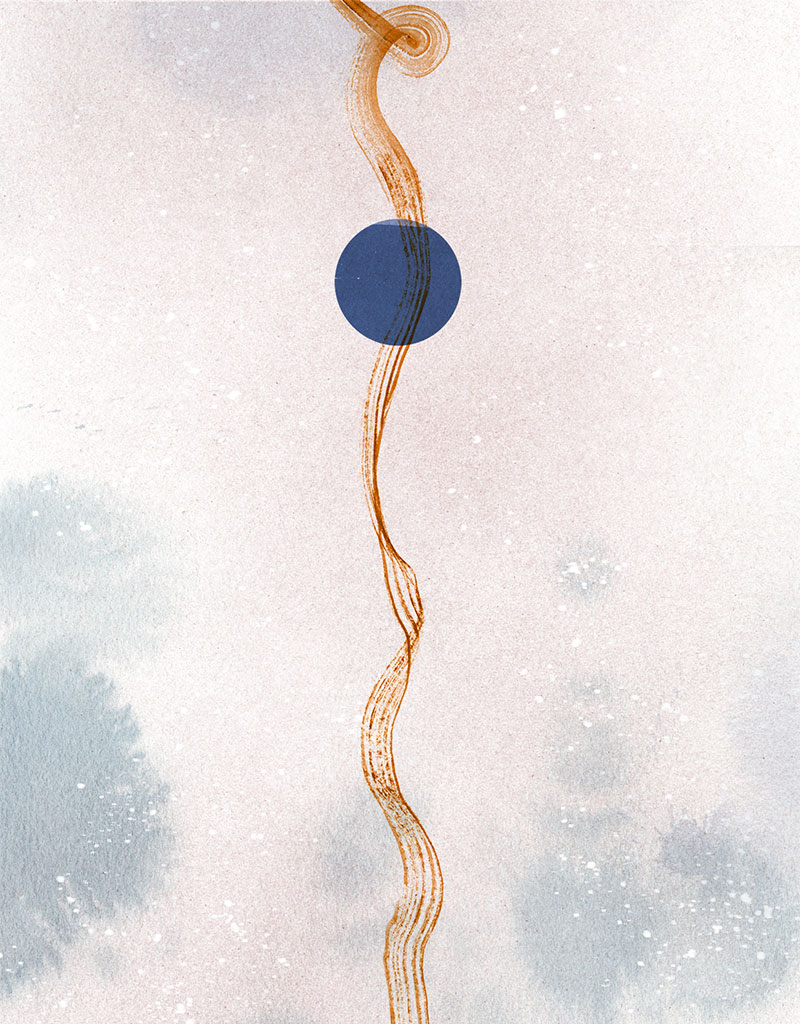Nilakshi Sharma

ॐ शुभं करोतु कल्याणं | आरोग्यं धन संपदा | शत्रुबुद्धिः विनाशाय | दीपः ज्योतिः नमोस्तुते || ॐ
“Salutations to the light that brings prosperity, auspiciousness, good health, abundance of wealth and destroys the enemy's intellect. To the light which is the Supreme Brahman as well as Janardhana (Vishnu), the light which destroys my sins, I offer my salutations.”
‘Shubham Karoti Kalyanam’, Deep Vandana Stotra
Kartika mas is the month of light and darkness. The darkness of Kartika Amavasya, New Moon, is illuminated with millions of diyas, celebrating the festival of Deepawali and inviting the grace and blessing of goddess Lakshmi into our homes. The radiant Kartika Purnima, Full Moon, is celebrated in the eternal city of the gods – Benaras, as Dev Deepawali.
And in between these two festivals of light we witness the palpable transition from the waning, fleeting beauty of Sharad rtu to the quiet solitude of the oncoming winter season.
Kartika mas is at once a time of heady festivities and delight and the slowing down of our bodies and minds to synchronise with the new season.
The days grow visibly shorter, the air gets a little bit cooler every day and the soft, golden glow of the autumnal Sun seems to be gently losing its warmth in slow increments.
Festival of Illumination
Kartika month is also a time for honouring the goddess Lakshmi – she who is at once the giver of wealth and abundance but also one who illuminates our minds. Sharad Purnima, the Full Moon, which brings to a close the month of Ashwina is also celebrated as Kojagiri Purnima, where it is believed that Lakshmi descends to the Earth to illuminate the minds of those who stay awake on that night of magical moonlight and seek the boon of wisdom. And as that night draws to a close, the month of Kartika begins, where Lakshmi as the giver of abundance is celebrated with the festival of Deepawali.
Deepawali: This is a festival that is, in many ways, the coming together of traditions and rituals of home and celebrations. Literally, the word translates as a “row or series of lights”. Traditionally this refers to handmade earthen lamps crafted from clay and lit using a cotton wick and pure ghee or oil. While most of the celebrations today are centred around the Amavasya or New Moon night that is illuminated with diyas and reverberates with the sound of festivities, Deepawali is actually a ritual celebration that is spread across five days, where each day has its own legends and stories.
Homes are cleaned and decorated with symbols of auspiciousness such as kollams, rangoli and torans of fresh flowers and mango leaves. Festive feasts are prepared. Personal rituals of Shringar – the wearing of new clothes and jewellery are also an integral aspect of Deepawali.
Dhanteras: Deepawali celebrations start two days earlier on the thirteenth tithi of the waning Moon. It is considered auspicious to buy things on this day and typically jewellery, vessels and other household items are bought.
Narak Chaturthi: The day before Deepawali is celebrated as Narak Chaturdashi, which is also known as Kali Chaudas in some parts of India.
Amavasya or Deepawali: The New Moon of Kartika is the night of lamps – Deepawali. Goddess Lakshmi is ritually worshipped, and the houses are illuminated by diyas. Legend has it that Lakshmi visits the mortal realm on this night. And the houses she is drawn to visit are then blessed by abundance.
Govardhan Puja: The day after Deepawali is celebrated as Govardhan Puja, also known as Annakut Puja. It marks the beginning of the new year for the regional Gujarati calendar.
Yama Dwitiya: Celebrated on the second day after Deepawali, Yama Dwitiya marks the end of the Deepawali festivities. Yama Dwitiya is the day of the god of death and is also known and celebrated as Bhai Dooj. Legend says that on this day Yama, the god of death, visits his sister, the river Yamuna.
It is thought that these five-day-long festivities and the accompanying rituals for each, which have many regional variations, point towards the coming together of harvest festivals from different regions and other ritual celebrations. Many older legends posit Deepawali as the night of worshipping Kuber, the Yaksha god and keeper of wealth. In some regions it is the night of Kali – as the Adishakti, who rules darkness and time and chaos. It is also perhaps this celebration of Amavasya as the night of Kali that is possibly the origin of the Jamdani Neelambari saree – a saree woven in the deepest shades of indigo with motifs that were once woven using pure Silver.
Agni & Rituals of Fire
Kashi & the Gods: While Deepawali is our celebration of light, fifteen days later, the Full Moon is celebrated as Dev Deepawali – festival of the gods, in the sacred city – Benaras. On this beautiful Purnima all the ghats along the sacred river Ganga are lit up with diyas and made fragrant with floral offerings. It is thought that on this night the gods themselves come to the ancient city of Benaras, where Shiva holds dominion, to celebrate. Benaras, one of the oldest continuously lived in cities in the world, is traditionally known as Kashi, which also means “City of Lights”. Kartika Purnima is also celebrated in other regions such as Orissa with differing rituals and legends.
Deep Vandana: At the heart of the two festivals of Kartika lies the beauty and power of a diya – the traditional earthen lamp which continues to be lit every day in millions of homes and on riverbanks across the subcontinent. It goes back to the oldest rituals and prayers of Sanatan Dharma – where Agni is invoked as both, auspiciousness in its own right and as the liminal threshold that connects the world of gods with the realm of mortals. There is both power and peace in these rituals of fire. And one of the more beautiful, oft forgotten rituals of diya is the Deep Vandana. The prayer with which we light a lamp and invoke its blessings. Traditionally, the lighting of the lamp was accompanied by Deep Vandana Stotra.
Rtusandhi: Transition to Winter
Kartika is the month of physical and even emotional and spiritual transitions. The weather begins to shift towards winter. The energy of the goddess, which is dominant during this half of the year (Dakshinayana), invites us, with each festival of the goddess, to go deeper within ourselves.
The last fifteen days of Kartika month particularly are the time of rtusandhi, which translates to the joining or sandhi between two rtus. This is a time of transition, when the right practices can allow us to transition to the oncoming season easily.
The shift from Sharad rtu to Hemant rtu, or from autumn to winter, is the shift from Vata dominance in the environment to a time of Kapha dominance. In proper balance, Kapha can be a time of strength and stability. But out of balance, especially in excess it can be a time of sluggishness of the body and mind and mucus-related problems.
Some age-old, simple practices can help make this transition easier:
- Abhyanga: the Ayurvedic practice of a regular self-massage of the body with a gently warmed oil is one that is highly recommended at this time. This is one practice that suits everyone and nourishes the skin; grounds and centres our minds and is an excellent ritual of self-care. You can start with a bi-weekly practice.
- Warming Spices & Tisanes: Ayurveda offers us many different options in spices and tisanes that will work with the energy of the season and help enhance digestion and support immunity. Spices recommended at this time include Ginger, Coriander, Cumin, Cinnamon and Cardamom. In different combinations lie different results.
---- CCF – a tisane made by boiling equal measures of Coriander, Cumin & Fennel can be a great aid in digestion and prevent bloating. It can be taken warm as a post-meal drink.
----- Fresh, grated Ginger tea can help improve digestion, especially when taken before meals.
----- A simple mix of a pinch of Turmeric powder, two pinches of freshly grated Black Pepper and Honey can be had and followed by half cup of hot water to help prevent congestion or phlegm.
---- Another great spice to use at this time is Mulethi or Liquorice. It helps discourage the build-up of excess phlegm in the body. You can have a little of the powder mixed with Honey and follow it up with a cup of warm water.
The gentle, golden beauty of Sharad rtu makes Kartika mas a time of delight. The golden glow of the Sun is gently warming, the nights are pleasantly cool. Mornings are delicately fragranced with the blooms of Parijat while the evenings are redolent with the delicate scent of Saptaparni. There is a sparkle in the air, a sense of excitement as everyone gets ready to celebrate Deepawali. And then, after that is the gradual but unmistakable transition towards winter. There is a gentle magic to this month that celebrates a beauty that is all the more precious because it is fleeting.





